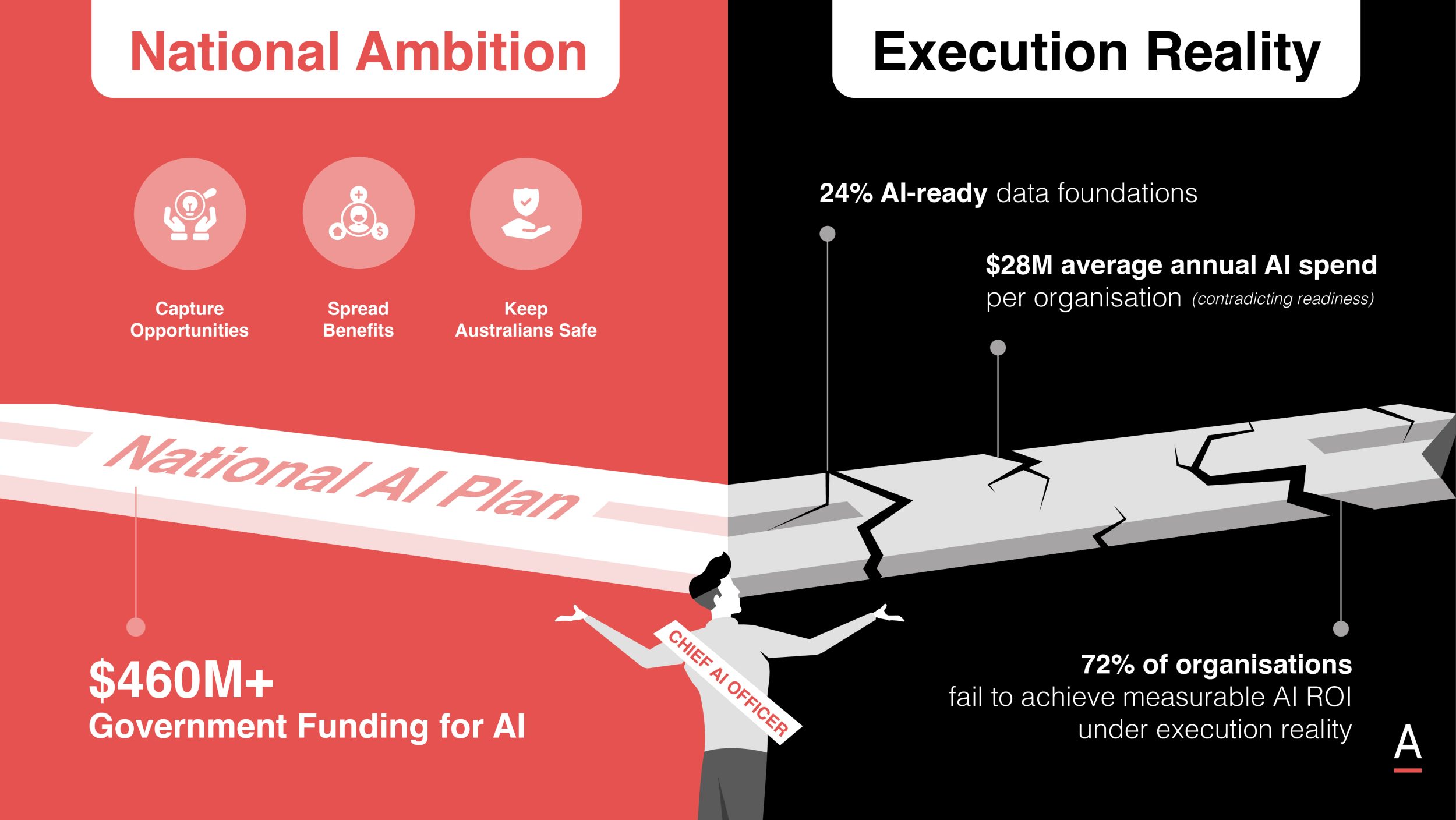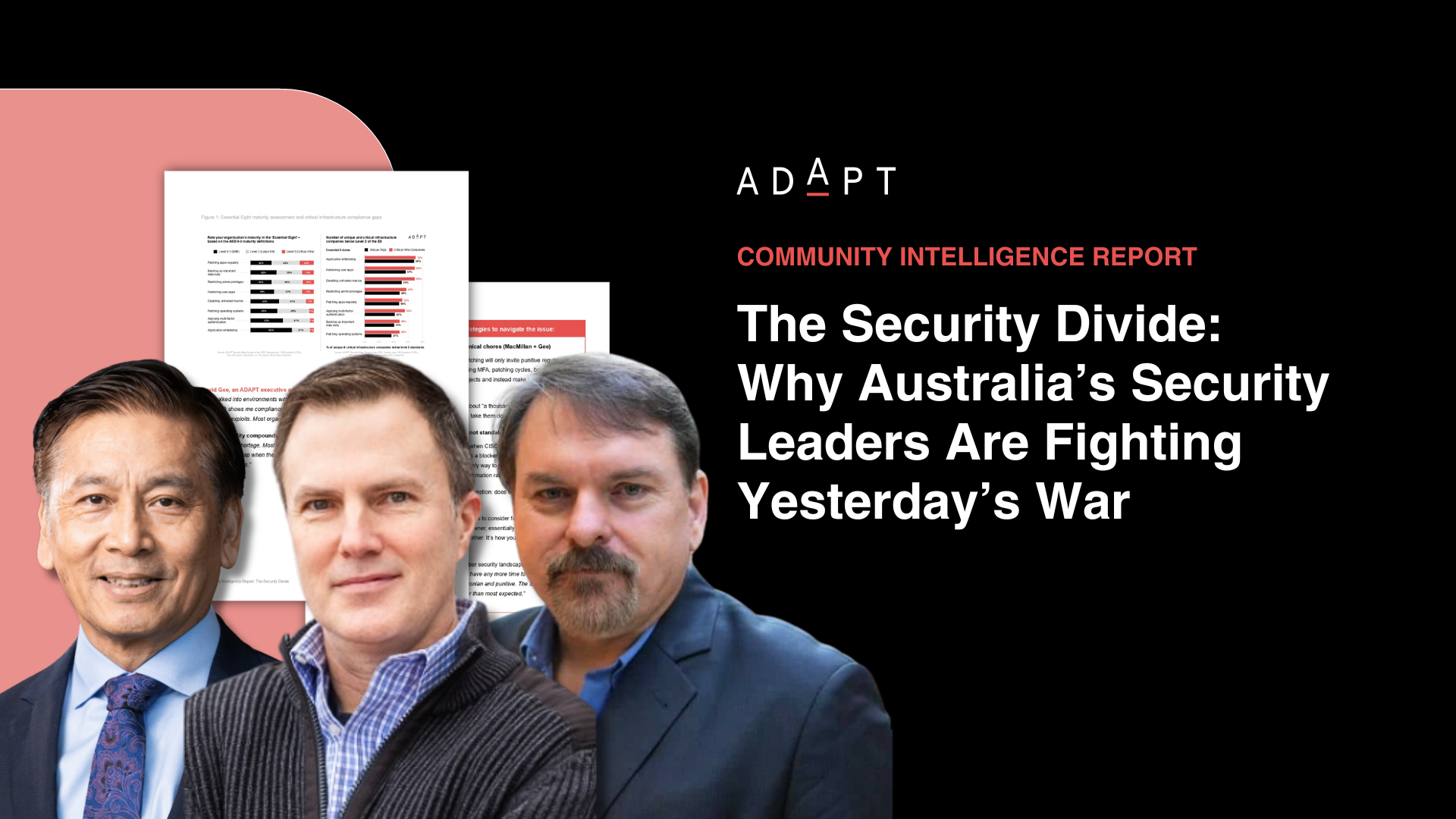Driving Change in Australian Utilities for a Sustainable Future
Explore how Australian utilities tackle tech upgrades, cyber threats, and sustainability for a resilient energy and water management future.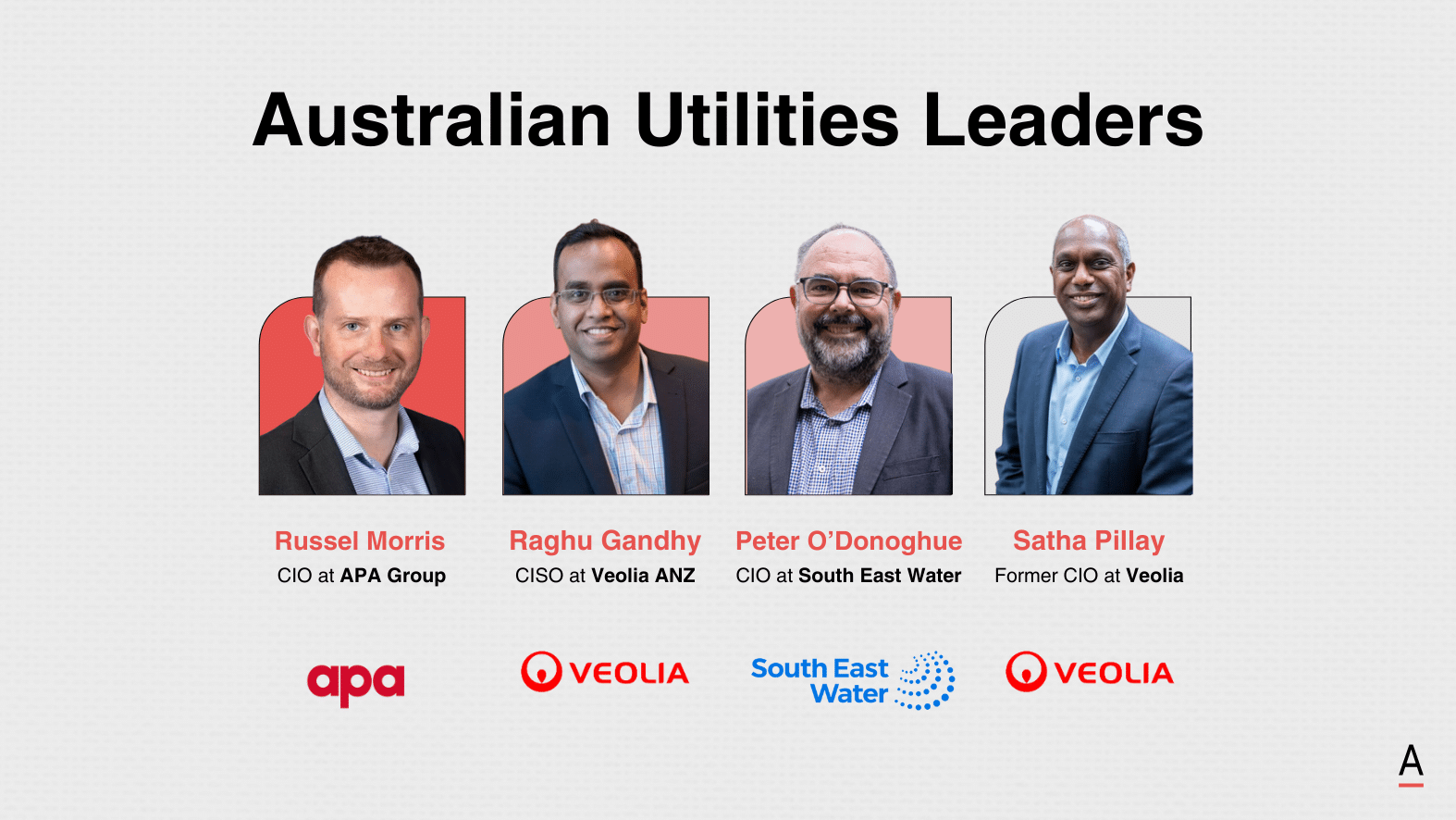
Faced with evolving demands and pressures, the Australian utility industry faces critical challenges that test its capacity for resilience, adaptability, and forward-thinking.
At the forefront, the need to integrate advanced technologies with existing legacy systems presents a balancing act between embracing innovation and maintaining operational reliability.
This challenge is compounded by the escalating cyber security threats targeting critical infrastructure, prompting the development of robust and proactive defence mechanisms to protect vital services.
Moreover, the industry’s journey towards environmental sustainability and the need to comply with stringent regulatory standards adds another layer of complexity to its operations.
This transition is about meeting legal requirements and aligning with broader societal expectations for sustainable and responsible energy use.
In the face of these challenges, there’s a pressing need to digitally transform to enhance the customer experience, which involves leveraging technology for operational efficiency and creating more engaging and responsive customer interactions.
Addressing these multifaceted challenges requires strategic foresight and a commitment to navigating the intricate landscape of innovation, security, and sustainable growth.
The strategies that will be discussed aim to illuminate how the industry is planning to tackle these issues, highlighting a concerted effort to overcome obstacles and pave the way for a resilient and future-ready utility sector.
Russell Morris Champions APA’s Evolution with Diversified Energy and Technological Innovation
APA Group stands out as a leader in innovation and strategic vision, with Russell Morris, the Chief Information Officer (CIO), at the helm.
His dialogue with ADAPT’s Head of Programs & Value Engagements Byron Connolly reveals the vital relationship between technology and APA’s progressive outlook in an era transitioning to net-zero emissions.
As the industry shifts from coal-fired energy, APA adeptly repositions gas as a bridge to a renewable future, aligning with Russell’s passion for employing technology to navigate these changes.
The foundation of APA’s approach is its broad energy portfolio, including gas transportation, wind, solar, and battery storage.
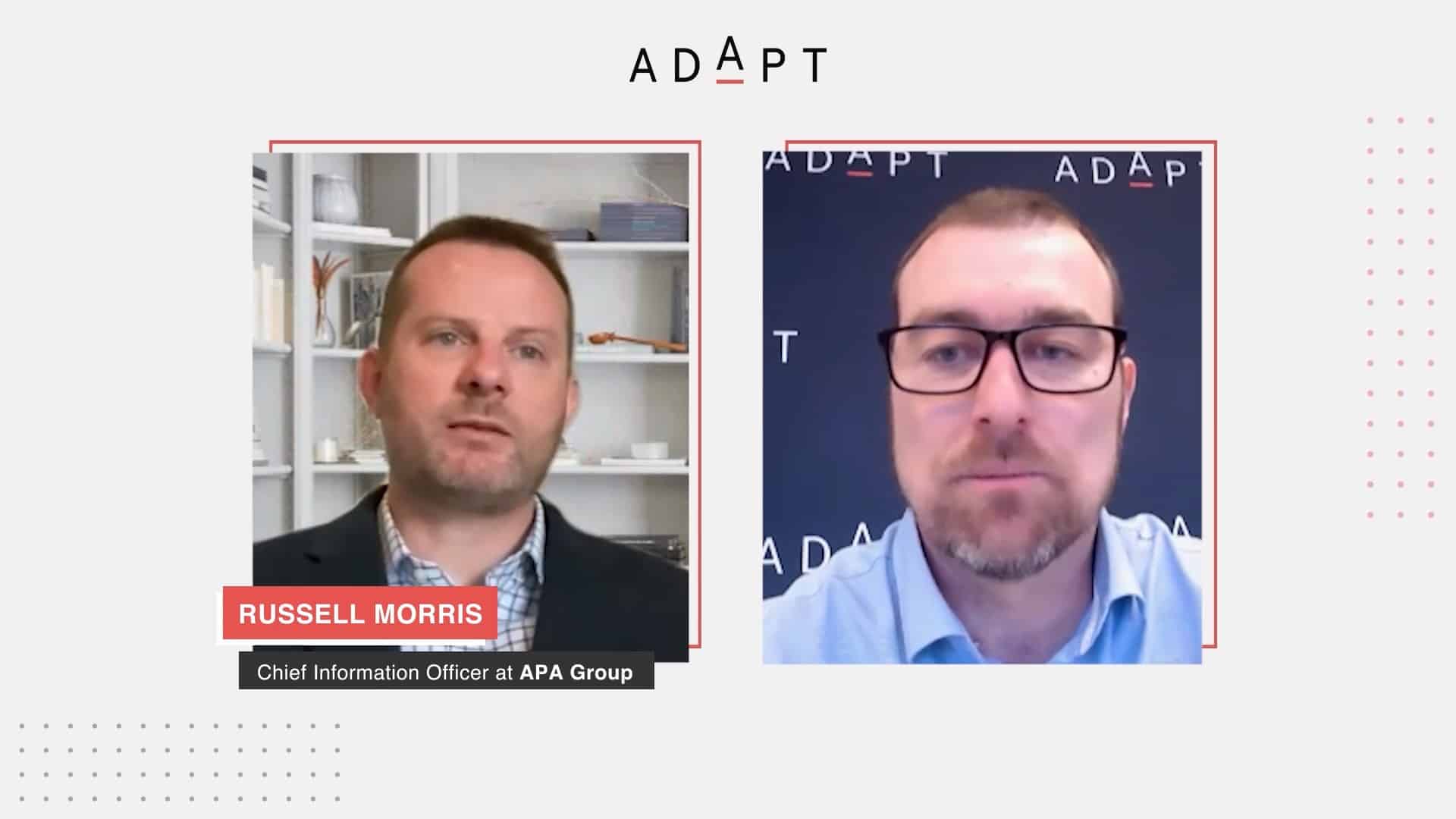
This diversity places the company at the cutting edge of a $40 billion industry, securing jobs for thousands.
Russell leads a team committed to integrating state-of-the-art technology into APA’s framework, venturing into digital twins, software-defined networks, and predictive analytics to refine the company’s strategic foresight.
Acknowledging the different levels of technological sophistication across the organisation, APA adopts a comprehensive strategy to ensure widespread benefits from these technological investments.
Empowering its workforce with technology is another cornerstone of APA’s approach.
Through innovative onboarding processes and the application of design thinking, APA boosts efficiency and pledges to prioritise technology as a key to employee engagement and performance.
This strategy is essential for attracting and keeping top talent, with APA’s Employee Value Proposition (EVP) focusing on fostering a cohesive and well-integrated work environment.
Russell identifies data quality and system integration as pivotal for APA.
Strategic decision-making depends on access to accurate data, and the smooth integration of systems is vital for operational efficiency and flexibility.
Concentrating on these elements, APA aims to align its technological and strategic efforts, positioning the company to respond quickly to industry shifts and capture new opportunities.
Key Takeaway: With a commitment to technological innovation, employee empowerment, and excellence in data management and system integration, APA is not merely responding to changes in the sector but actively driving the future of energy in Australia.
Peter O’Donoghue Leads South East Water in Smart Water Management
In a recent community interview, Peter O’Donoghue, South East Water’s CIO, detailed the organisation’s strategy for using digital technologies and information to improve customer service and advance sustainability.
The Digital Utility program stands out for its focus on using data for informed decision-making, moving away from traditional technology deployment to harness digital innovations strategically.
This initiative is key to refining customer interactions. It provides real-time insights into water usage to prevent unexpected billing and support sustainable water management practices.
The organisation’s proactive integration of IoT technology for water and sewer network management exemplifies an innovative approach to predict and address potential infrastructure issues.
This transition towards a data-driven operational model underpins informed asset management and infrastructure planning, which is vital for supporting Melbourne’s growth.
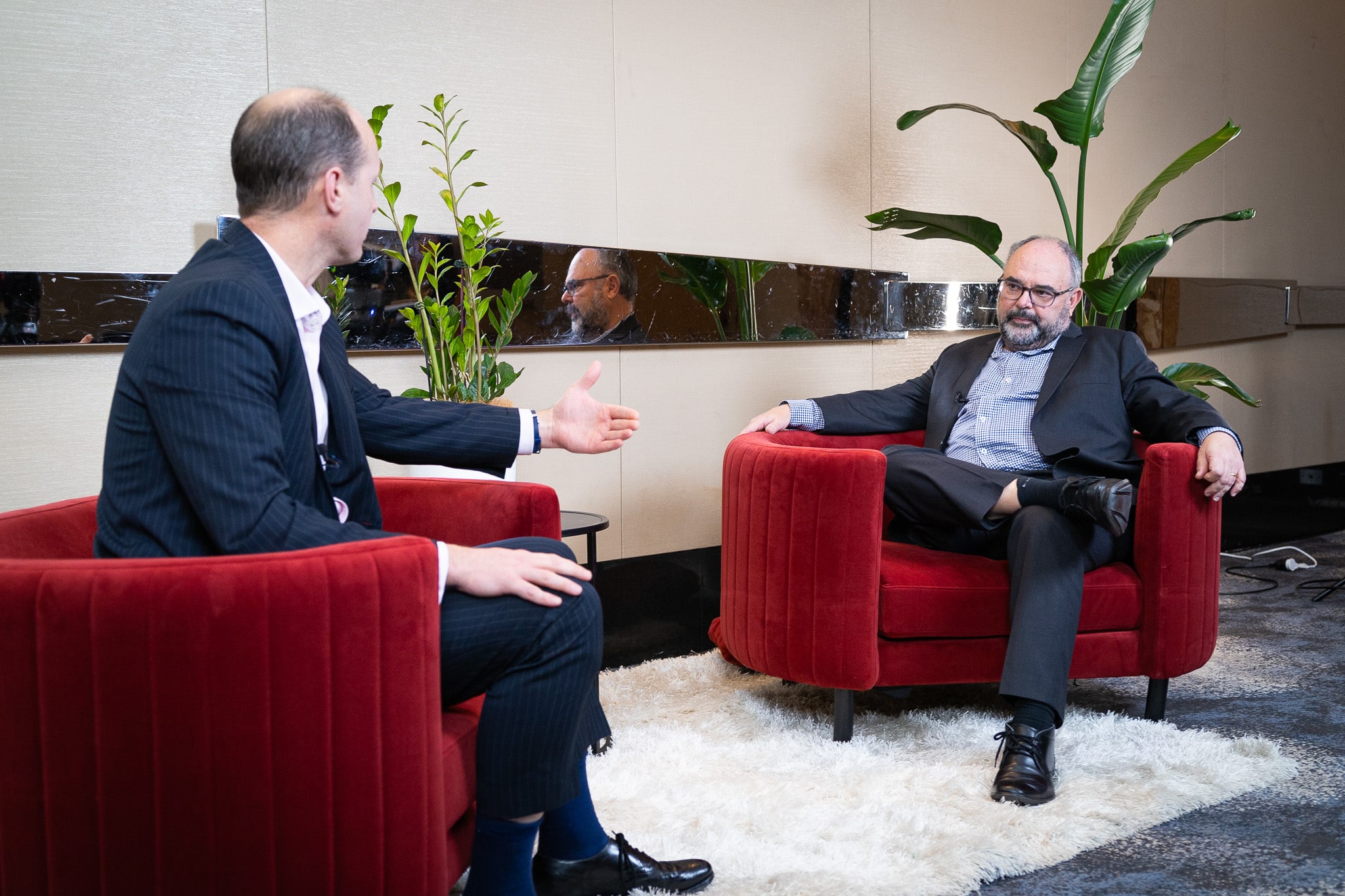
Sustainability is a core focus on water reuse and responsible management of future demands.
The interview highlighted the necessity of updating systems and forming partnerships as crucial for phasing out legacy systems.
Using tools like Salesforce to better comprehend customer needs and assets is also crucial.
Peter highlights the need to align digital transformation efforts with the organisation’s long-term goals by advocating for a strategic approach that combines broad vision with tangible steps.
This aims to achieve operational efficiencies, magnifying customer value, and ensure resource sustainability.
Key Takeaway: Leveraging data and intelligent technologies advances customer service and environmental sustainability at South East Water.
Satha Pillay and Anthony Saba Navigate Legacy Modernisation
In a discussion at ADAPT’s CIO Edge event, Satha Pillay, former Chief Information Officer at Veolia shared insights into modernising legacy systems within organisations.
Their conversation highlighted a comprehensive approach beyond updating technology, including reevaluating organisational processes and developing relevant skills.
Satha pointed out the need for opportunistic and planned strategies in modernisation efforts, focusing on the value such changes bring to an organisation.
He argued for a broader view of modernisation that extends to improving processes and skills alongside upgrading hardware and software.
Much of their dialogue focused on changing organisational mindsets to embrace modernisation fully.
Satha stressed viewing technology as a means to improve outcomes for employees and customers, integrating it with the business strategy.
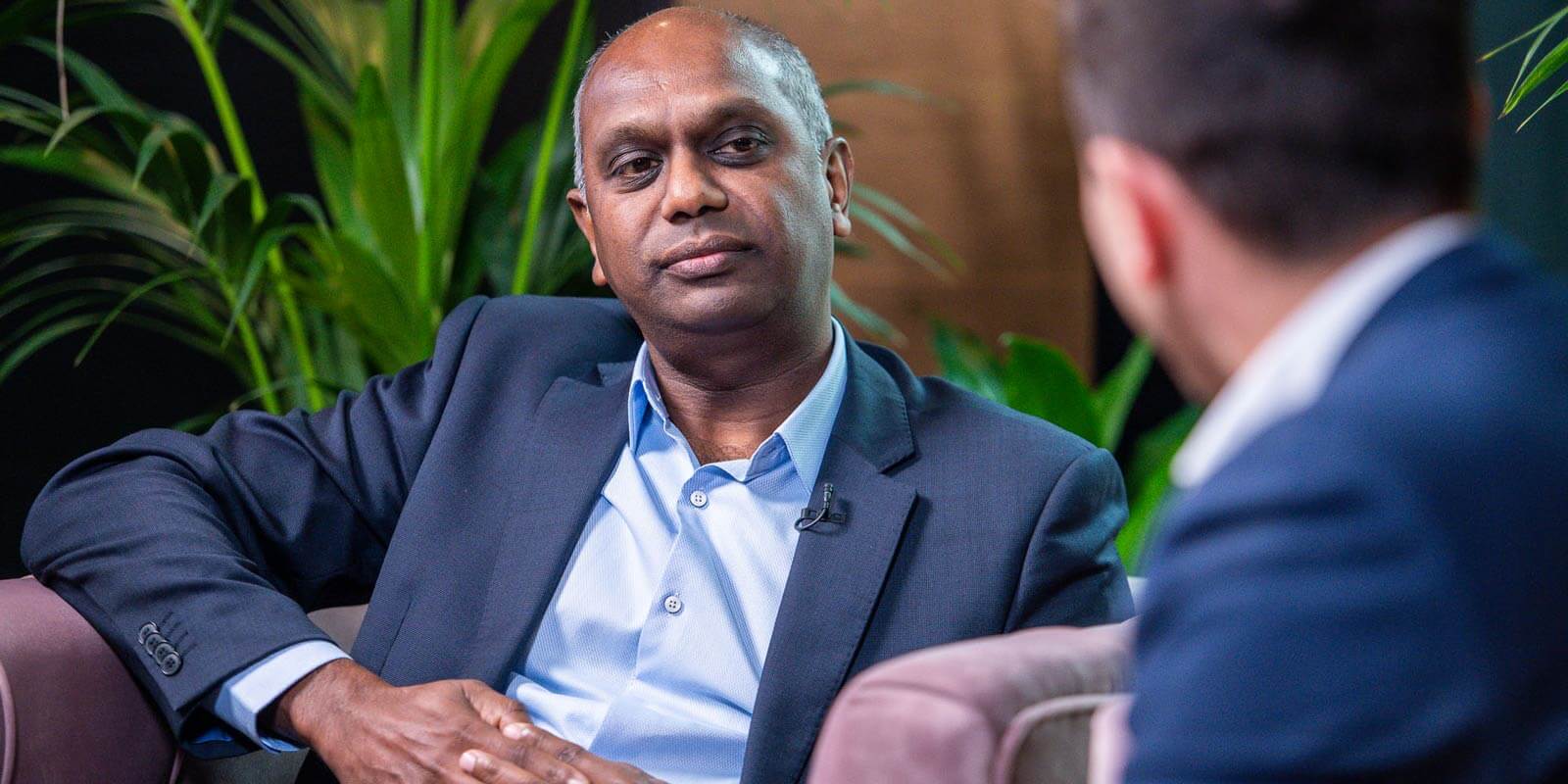
He mentions practical steps towards successful modernisation, including conducting regular audits to identify and decommission obsolete technologies, particularly following mergers and acquisitions.
This practice helps in reducing technical debt and maintaining agility.
Furthermore, Satha highlighted the necessity of aligning modernisation efforts with business outcomes, ensuring technology investments are justified by their contribution to the organisation’s strategic goals.
This approach ensures that modernisation efforts are closely tied to delivering business value.
The conversation between Satha and Anthony provides a strategic and holistic perspective required for modernising legacy systems, highlighting a value-centric approach that integrates technology with business processes and objectives.
Key Takeaway: Effective legacy modernisation demands a comprehensive approach prioritising strategic planning, value delivery, and technology integration with business objectives.
Raghu Gandhy Drives Cyber Security Through Global Collaboration at Veolia
In a discussion at ADAPT’s Security Edge event, Raghu Gandhy, Veolia ANZ’s Head of IT Infrastructure, Cloud, and Cyber Security, detailed the company’s fortified cyber security measures amidst heightened threats to national critical infrastructure.
Operating globally across 48 countries and providing essential services like water, waste, energy, and recycling, Veolia has adopted a collaborative cyber security strategy.
This strategy includes sharing knowledge and defences within Veolia’s extensive operational network and external collaboration with the Australian Cyber Security Centre (ACSC) and fellow utility providers.
Central to Raghu Gandhy’s approach is enhancing cyber resilience through proactive improvements in policies and procedures and the adoption of advanced technologies like network detection and automation capabilities.
Veolia’s commitment to cyber security is evident in its adherence to regulatory requirements and efforts to exceed industry standards through continuous improvement and regular audits.

A key aspect of Veolia’s cyber security framework is focusing on security awareness among its employees, recognising the critical role that informed personnel play in strengthening the company’s defences against cyber threats.
By leveraging its global cyber security community, Veolia effectively shares and implements successful defence mechanisms across its international footprint, ensuring a robust and responsive cyber security posture.
Raghu Gandhy’s insights reveal Veolia’s priorities in cyber security:
- Fostering a culture of continuous improvement
- Leveraging technology for effective threat detection and response
- Cultivating an informed workforce
This strategic approach highlights the need for a collaborative, knowledge-sharing, and technology-forward stance in protecting critical infrastructure against evolving cyber threats.
Key Takeaway: Veolia strengthens cyber security defences through global collaboration and technology adoption, as Raghu Gandhy detailed.
Conclusion
The utility sector is witnessing a profound evolution, driven by a blend of leadership innovation and the strategic use of technology.
This evolution aims to enhance sustainability, efficiency, and security across operations.
- APA Group’s Approach: Under Russell Morris’s leadership, APA Group is taking a proactive stance in the energy transition, leveraging a mix of energy solutions and technological advancements. The aim is to achieve operational excellence and uphold environmental sustainability.
- Innovations at South East Water: Peter O’Donoghue’s work at South East Water demonstrates how digital technologies can transform customer service and promote sustainable water management, indicating a leap towards intelligent utility management.
- Modernisation Strategies: The conversation between Satha Pillay and Anthony Saba at ADAPT illuminates the strategy for modernising legacy systems. It advocates aligning technological improvements with business goals and enhancing processes, highlighting a holistic approach to modernisation.
- Cyber Security Initiatives at Veolia: Raghu Gandhy’s focus on global collaboration and cutting-edge technology is central to strengthening Veolia’s cyber security defences. This ensures robust protection against increasing threats to critical infrastructure.
The insights from these leaders underscore a period of transformation within the utilities sector.
This period is characterised by:
- A push for technological innovation,
- Strategic modernisation efforts, and
- It enhanced cyber security measures.
These efforts are not just about responding to current challenges but are aimed at anticipating and shaping future opportunities.
While unique in their focus, the narratives collectively suggest that the future of utilities will heavily rely on the ability to harness technology effectively.
This strategic orientation points towards an industry-wide evolution, where proactive leadership, innovation, and collaboration play crucial roles in navigating the complexities of today’s world, ensuring resilience, sustainability, and continued growth.
























